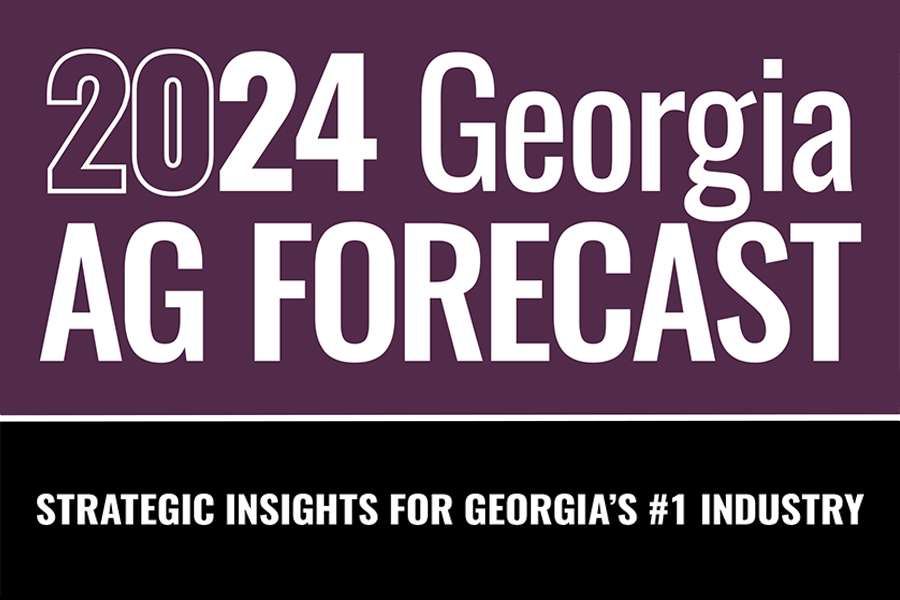Poultry
-

Mortality disposal following a natural disaster or catastrophic disease event can become a major challenge for poultry producers. Disposal decisions must balance animal health goals with those of environmental protection and safeguarding public health. In the event of catastrophic disease, humane destruction of infected or exposed poultry and proper disposal is needed to stop further spread of infectious organisms. Establishing pre-emptive culling and controlled slaughter programs for suspect cases may be feasible and can assist in limiting the potential spread of disease. At times healthy birds may need to be slaughtered prematurely to create a safe buffer zone.
Casey W. Ritz
|
-

Composting is a natural process where beneficial microorganisms decompose and transform organic materials into a useful and biologically stable end-product that is safe for the environment. This process has worked well for many poultry producers nationwide as a means of processing their daily poultry mortality.
Casey W. Ritz
|
-

B 1270
Poultry Litter Sampling
Poultry litter is a mixture of poultry manure, feathers, wasted feed, and bedding material that contains nitrogen, phosphate, potash, and other nutrients essential for plant growth. Poultry litter can vary considerably in nutrient content due to bird type, feed composition, bedding materials used, clean-out frequency, storage and handling practices, use of litter amendments, and other factors. Therefore, sampling poultry litter to obtain a nutrient content analysis is an important step for managing manure nutrients appropriately.
Casey W. Ritz
|
-

Disease prevention is much less stressful and costly than disease control and recovery. Biosecurity measures are a critical component of disease prevention. Use this list to rate your disease prevention practices and preparedness.
Casey W. Ritz
|
-

This publication provides suggestions regarding the proper tuning of a poultry processing plant to meet the USDA-FSIS standards for Salmonella levels, regardless of incoming Salmonella levels.
Casey W. Ritz
|
-

Human campylobacteriosis and salmonellosis are two of the most commonly reported gastrointestinal infections worldwide and poultry meat has been identified as the main source of infection. Controlling pathogen colonies of public health concern such as Salmonella and Campylobacter in poultry flocks on the farm is critical for a successful overall food safety program. Biosecurity on the farm can contribute significantly to reducing the potential for Salmonella and Campylobacter colonization in broilers.
Harshavardhan Thippareddi and Manpreet Singh
|
-

AP 130-2-07
2024 Poultry Outlook
1. The broiler chicken outlook in 2024 is neutral to positive; consumer demand should remain steady and feed costs should decrease.
2. Risks to the chicken outlook include significant HPAI outbreaks and expensive housing.
3. Baseline chicken prices are expected to be similar to 1-year-ago levels. Production uncertainty is the main driver of price uncertainty for 2024.Ben Campbell and William Secor
|
-

This publication (WUFFDA) provides a program designed to help formulate feeds for poultry and swine. It is available in the following languages: Afrikaanse, Chinese, Croatian, English, French, Korean, Minnesotan, Portuguese, Russian, Spanish, Turkish and Farsi.
Gene M. Pesti, Chongxiao (Sean) Chen, Remzi I. Bakalli, Mike Azain, Dmitry V Vedenov, and Michael J. Azain
|
-

AP 130-1-09
2022–2023 Commercial Poultry Outlook
Author: Dennis Brothers, Associate Extension Professor, Auburn University, Agricultural Economics and Rural Sociology. 1. The domestic chicken market is strong with a good supply in the short- to midterm, though highly pathogenic avian influenza (HPAI) continues to loom large in the United States and could be a major impact in 2023. 2. High building costs an increasing interest rates are obstacles to expansion on the live side. 3. Future changes to the contract-grower pay model could be beneficial to growers, but caution is warranted. 4. HPAI and California Proposition 12 ruling likely to have an impact on future table egg prices.
Amanda R Smith
|